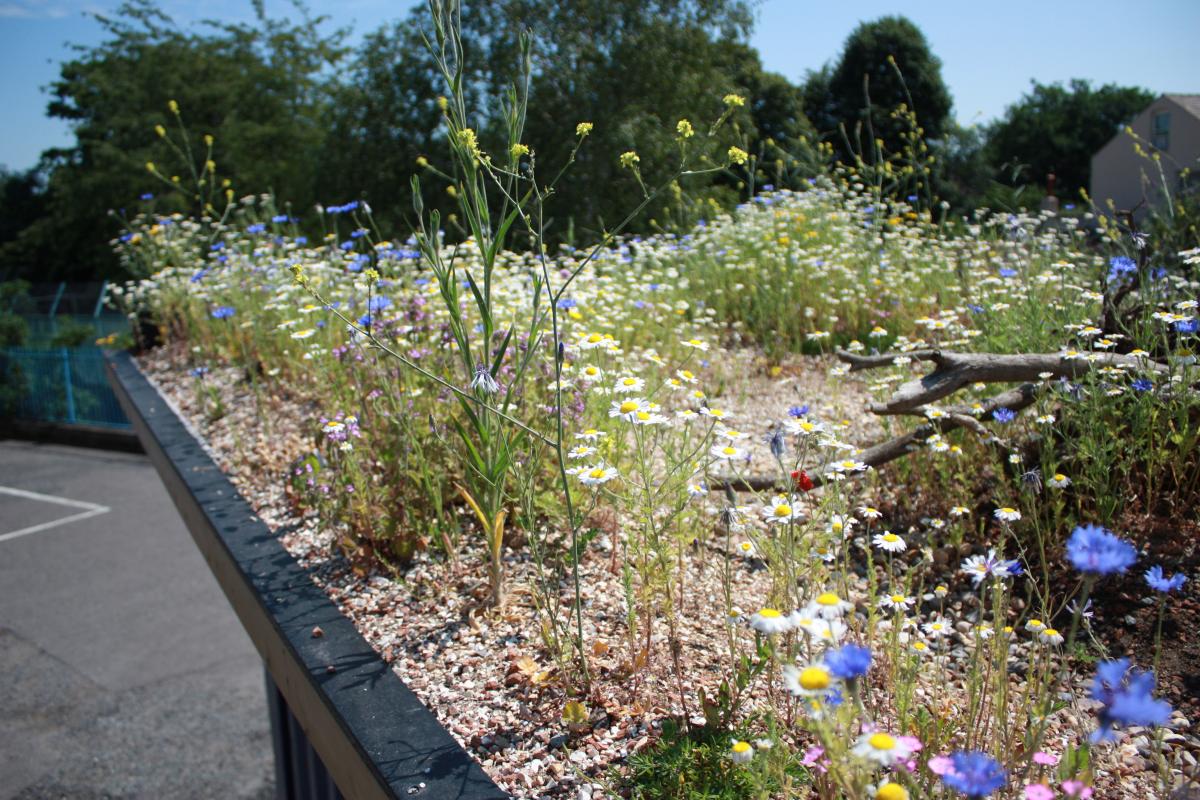| Vegetation class |
Characteristics |
Comparable to green roof type |
| Muscinal stratum |
composed of non-vascular plants, lichens, fungi and small herbaceous plants, such as creeping succulents (e.g., Sedum). |
Extensive |
| Herbaceous stratum |
dominated by non-woody herbaceous plants such as grasses and flowering plants that can exceed 1 m in height at maturity. |
Semi-extensive |
| Arbustive stratum |
shrubs, bushes, and young trees from 1 to 7 m high. |
Simple intensive |
| Arboreous stratum |
large trees (over 7 m). |
Intensive |








